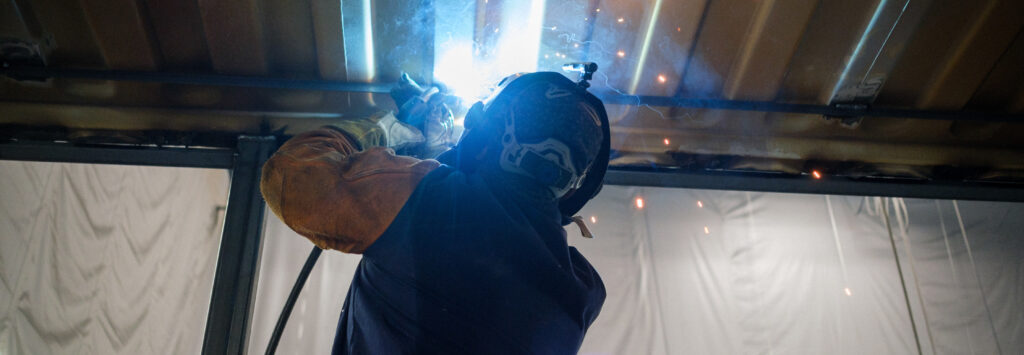May 3, 2023 Joseph Bolle
Preventing Falls on the Job Site
Early this month, companies across the country will be joining together to participate in OSHA’s annual National Safety Stand Down, a week focused on preventing falls. Out of all the hazards that may be present on a job site or in a facility, why do we dedicate a week to falls? Because falls are and have been the leading cause of death in the industry for decades. It’s not just falls from buildings, structures and high elevations that can lead to a fatality. Tools as commonplace as ladders make up a third of all fall-related fatalities. These deaths and injuries are preventable, and lives can be saved.
What are some things that can be done to prevent falls in construction and manufacturing?
- Plan Your Work – Prior to performing any task, plan your work and perform a risk assessment to make sure that you can mitigate any risks and/or hazards before work begins. Utilizing Job Hazard Analysis (JHA) or Operational Risk Management (ORM) tools can help with this.
- Eliminate Ladders – The first item on the hierarchy of hazard controls is elimination. Eliminating a risk is the best way to prevent an incident from occurring. In the construction and manufacturing industry, there continue to be many improvements and enhancements to tools and equipment that are designed to make work safer. FTI’s Ladders Last program encourages team members to identify better alternatives to ladders, such as mobile elevated work platforms (MEWP), rolling staircases and platform ladders, which can create a much safer work environment.
- Reduce Elevated Work – When planning your work, look for opportunities to perform work at ground level to reduce the amount of time needed to work at heights. Identifying work that can be completed at ground level before installation, using optimal ergonomic body positioning, not only reduces the amount of exposure to elevated work, but can also increase efficiency.
- ABC’s of Fall Protection – If working at heights is absolutely necessary and fall protection is required, be sure it is being used by properly trained and qualified personnel, and always engage the ABC’s of fall protection use:
- Anchorage – OSHA 1926.502(d)(15) states: Anchorages used for attachment of personal fall arrest equipment shall be independent of any anchorage being used to support or suspend platforms and capable of supporting at least 5,000 pounds per employee attached.
- Body Harness – OSHA defines a body harness as: “straps which may be secured about the employee in a manner that will distribute the fall arrest forces over at least the thighs, pelvis, waist, chest and shoulders with means for attaching it to other components of a personal fall arrest system.”
- Connector – The connecting subsystem is the critical link which joins the body wear to the anchorage/anchorage connector. It can be an energy-absorbing lanyard, fall limiter, self-retracting lanyard, rope grab or retrieval system. Connecting means will vary depending on whether the worker is equipped for personal fall arrest or work positioning and travel restriction.
With appropriate planning, training and hazard identification response, we can prevent injuries and save lives and ensure everyone goes home to their families in the same safe condition they arrived on the job.
Interested in learning more? Check out our other articles and subscribe to be the first to know about future Excellerate blog articles.

 Preventing Falls on the Job Site
Preventing Falls on the Job Site

